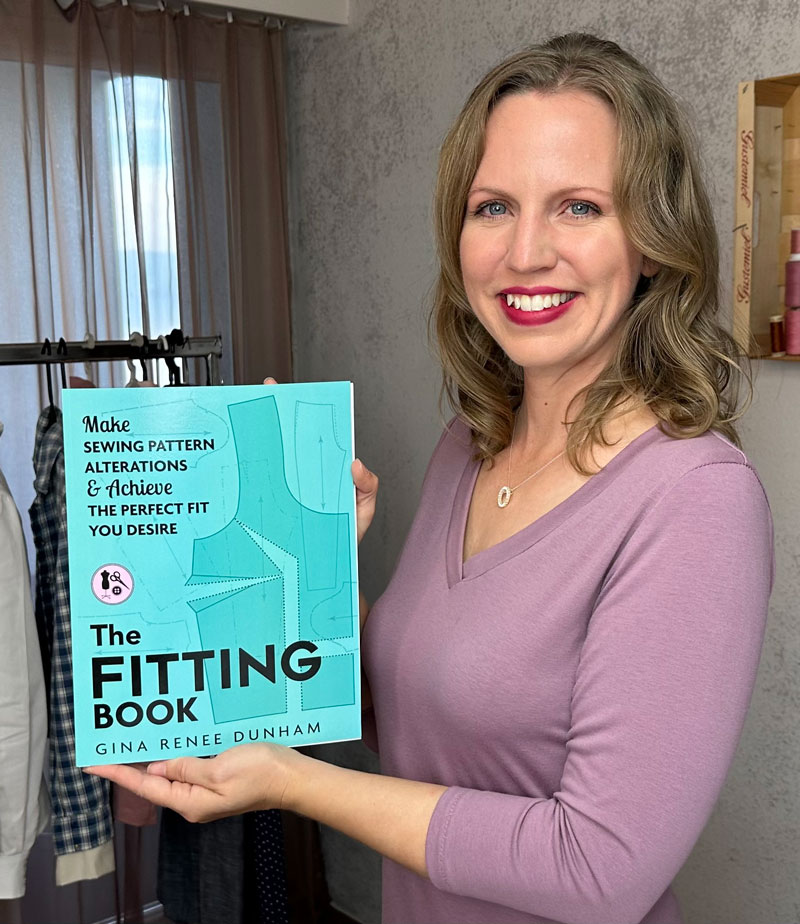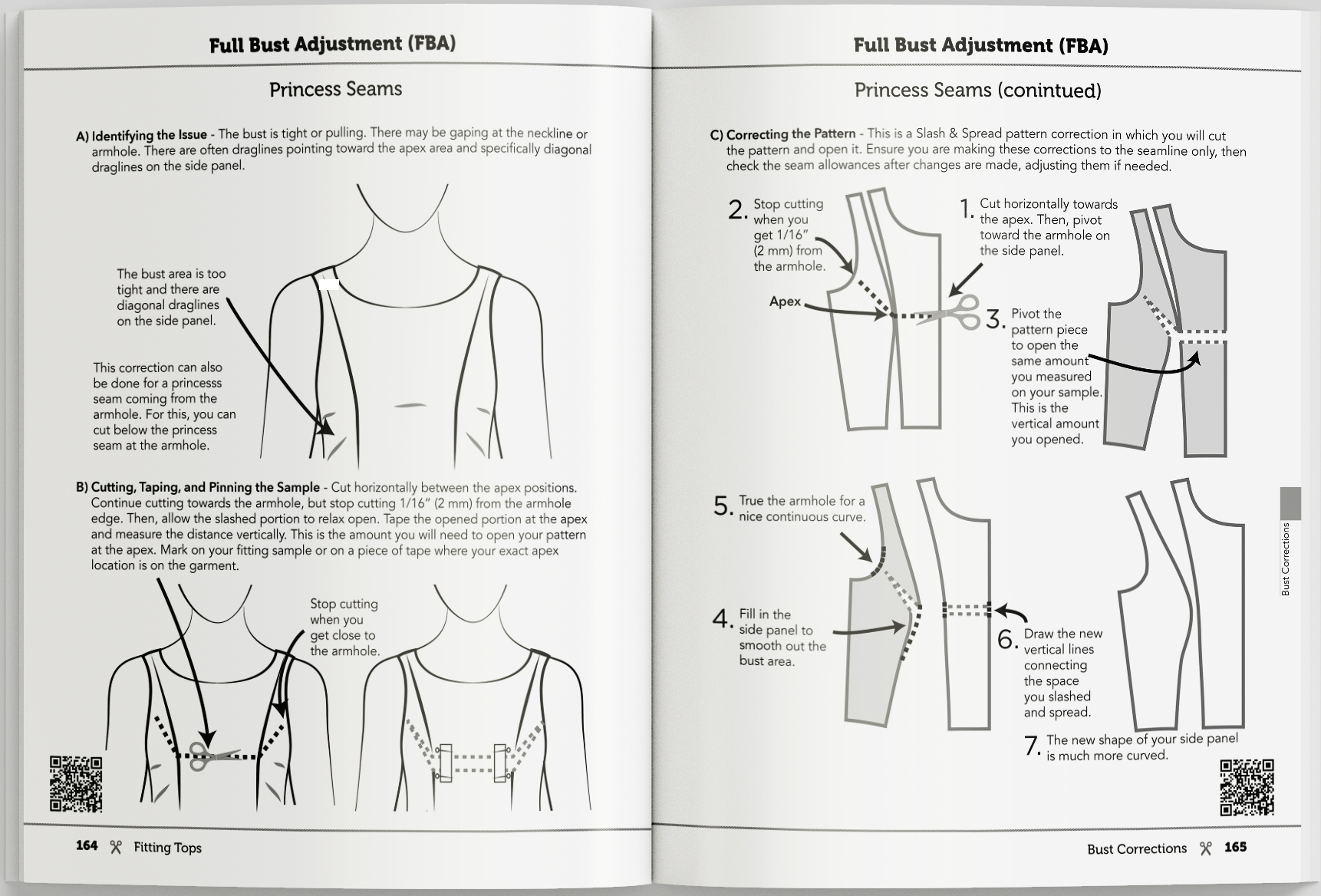

How to Measure the Stretch Amount in Fabric
To find the stretch of a fabric, take the cut edge of the fabric on the cross-grain edge(not the selvage edge), and measure 10” (20 cm) with a ruler flat on the table. Allow a little space between the selvage and the end of the ruler, placing a pin at “zero” and another pin at 10″ (20 cm). This is the original amount unstretched.
Stretch the 10” (20 cm) with your entire hand to its maximum. Grasp as much of the fabric as you can with your thumb and hand.
For this example, the maximum amount when stretched is 15” (30 cm).
The calculation of stretch percentage is as follows:
Maximum amount when stretched 15” (30 cm)
(-) Minus the original amount unstretched 10” (20 cm)
(=) Equals 5” (10 cm) the stretched amount
Now, take the stretched amount (5″ or 10 cm) and divide it by the original amount
unstretched (10″ or 20 cm).
Inches: 5”/(divided by) 10” = 0.50 Centimeters: 10 cm/(divided by) 20 cm = 0.50
Take that divided amount (0.50) and multiply it by 100 to find the percentage.
0.50 x 100 = 50. This means that the stretch amount is 50% for this fabric.
This information and more can be found in The Fitting Book. Order your book today through the link below.
Learn the 3-Step Fitting Process:
A) Identify the Fitting Issue.
B) Pin, Cut, & Tape the Fitting Sample.
C) Correct the Sewing Pattern.

The Fitting Book Includes:
Tops
Pants
Skirts/Dresses
My Secret in Diagonal Draglines
ACHIEVE THE
CUSTOMIZED FIT
YOU WANT

It’s Time to Sew Clothes You Love that Fit.
